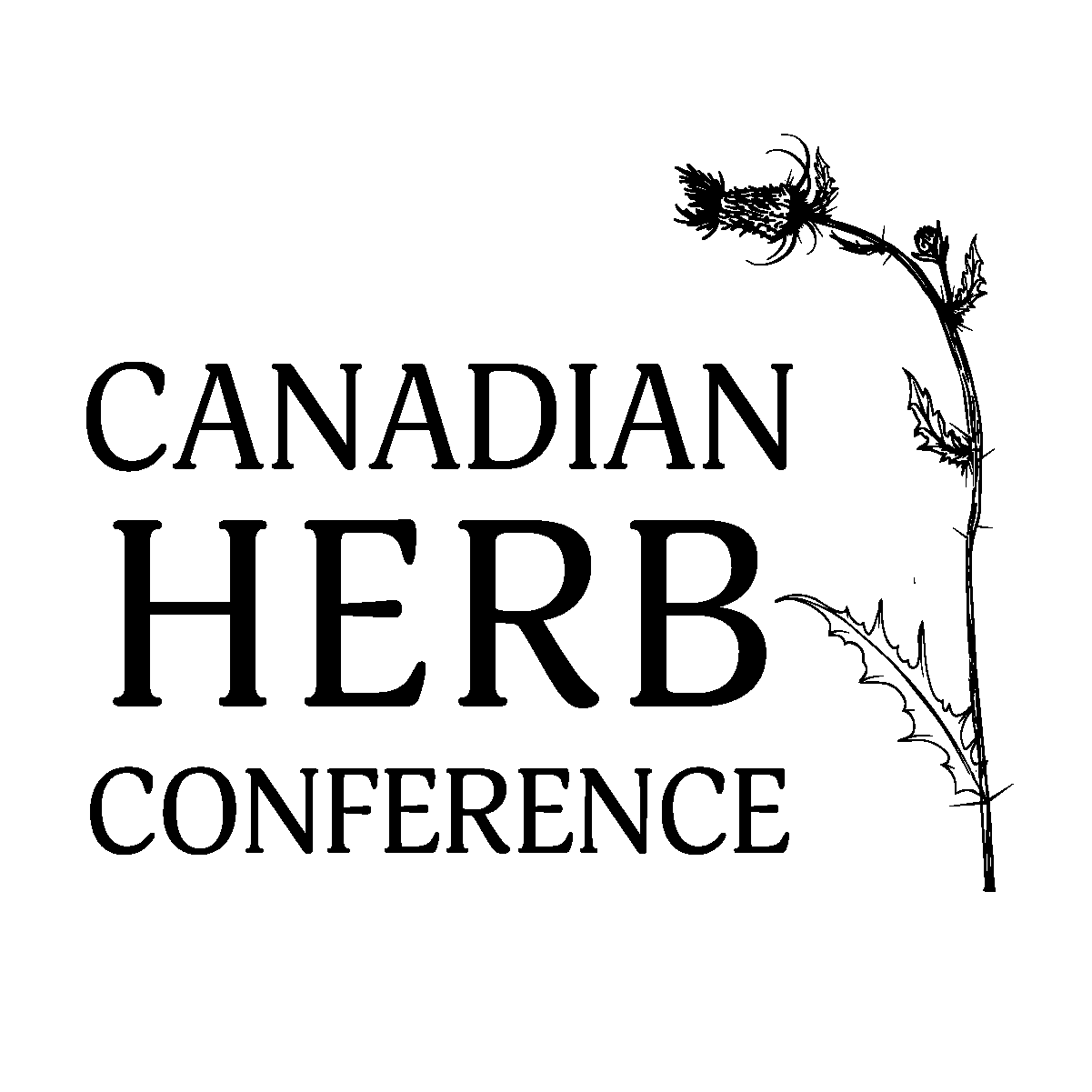Taste, Phytochemistry and Pharmacology
A traditional way to evaluate the medicinal action and potency of herbs is by using the information provided by our senses, particularly taste and smell. This method is known as organoleptics, and when we practice and hone the use of our built in sensory tool kit, it provides very specific information on the medicinal uses and applications of herbs. Traditional systems of herbal medicine including Chinese medicine and Ayurveda all use the taste of herbs as an important feature for classifying herbs and distinguishing their actions in the body.
The modern trend is to evaluate herbs through the lens of science, and reduce them down to active phytochemical constituents and their specific pharmacological actions in the body. These two approaches to understanding herbs can be bridged, by learning about the flavours of specific types of phytochemicals, and how flavour relates directly to pharmacology.
In this class, we will discuss which types of phytochemicals (such as alkaloids, tannins, flavonoids and polysaccharides) can be tasted through a model of seven distinguishable flavours and mouth feels (sweet, bitter, salty, sour, umami, pungent and astringent), and which pharmacological actions are most likely to be found in herbs of a certain flavour.
3 learning objectives:

